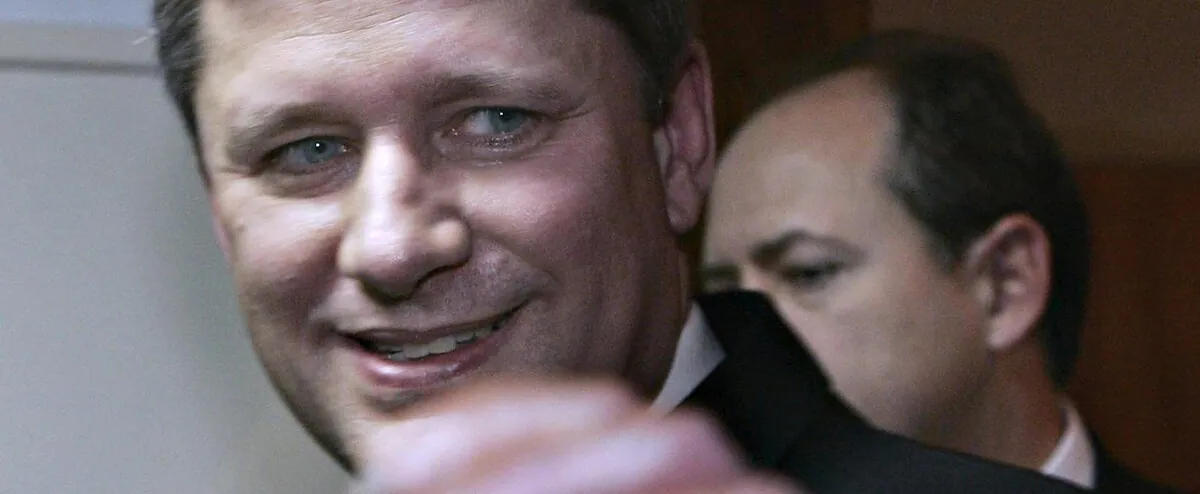Hammering out the simplest possible message and targeting certain counties to avoid wasting energy and resources: Éric Duhaime’s strategy is modeled on Stephen Harper’s way of campaigning according to former federal Conservatives. .with a few differences.
• Read also: Financial framework: the CAQ figures its new commitments at $30 billion
• Read also: Quebec must pay all of its municipal taxes, pleads Anglade
• Read also: Unpaid taxes: “I am accountable”, says Duhaime
“My goal was to talk about our five major commitments,” said Éric Duhaime candidly back on the campaign bus after his interview with Radio-Canada last Sunday.
Essentially, these words sum up the heart of the Conservative campaign strategy, which is reminiscent of the methods employed by Stephen Harper’s Conservative Party of Canada a few years ago.
No coincidence
It is not a coincidence. The PCQ campaign chair, Josée Verner, is a former minister of the Harper governments, and she recognizes that the party of Éric Duhaime is directly inspired by the ways of doing things that allowed the federal Conservatives to take power in three elections. consecutive.
“The most important thing that I remembered from those years was to stay focused on the plan we give ourselves and on specific goals,” she explained.
The main objective of the Conservatives is to increase their support in Quebec to reach the 30% threshold, as Éric Duhaime pointed out in an interview with Le Journal on the day the campaign was launched.
According to the estimates of the Conservative leader, this would allow his party to “pass the scratch” in the northern crown of Quebec, and in a favorable scenario to grab a few ridings in Chaudière-Appalaches and in Mauricie, that is to say in sectors where the ADQ vote was mainly concentrated during its electoral breakthrough in 2007.
To achieve this, the Conservatives rely on the repetition of simple messages. “The best way to get a message across (…), it’s still not to scatter,” noted Josée Verner.
Style
For Marc-André Leclerc, who was director of communications for the Conservative Party of Canada during the last federal election won by Stephen Harper in 2011, there are indeed similarities between what his party did and what Eric does today. Duhaime.
“But instinctively, I don’t tell myself that it reminds me of my years, he immediately nuanced. Beyond strategy, Stephen Harper had his style. Duhaime and Harper are not the same politician. Ideas are one thing, behavior is another.
“You also have to take the context,” added Marc-André Leclerc. This strategy was applied at a time when social networks were not there. That too can have an influence. The campaigns are not conducted in the same way as fifteen years ago.
Social networks
In fact, if social networks are of vital importance for all political parties, they are perhaps even more so for the PCQ.
According to Facebook statistics, Éric Duhaime is the party leader who publishes by far the most content: in the last 28 days, there have been 140 publications on his page. By way of comparison, François Legault made 93 publications during the same period, Dominique Anglade 77, Gabriel Nadeau-Dubois 67 and Paul St-Pierre-Plamondon 59.
“As for everyone, we use social networks because they allow us to reach our electorate directly, without filter. It’s a way to control the message,” said party executive director Raffael Cavaliere, who is responsible for the party’s social media and the leader.
